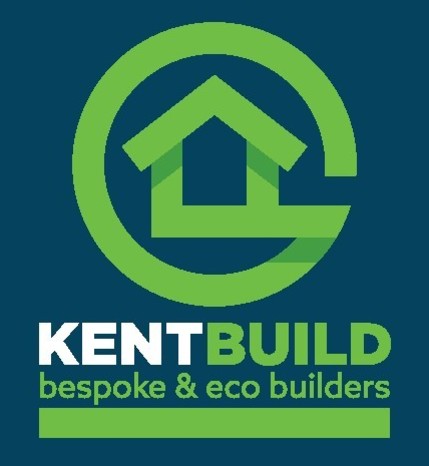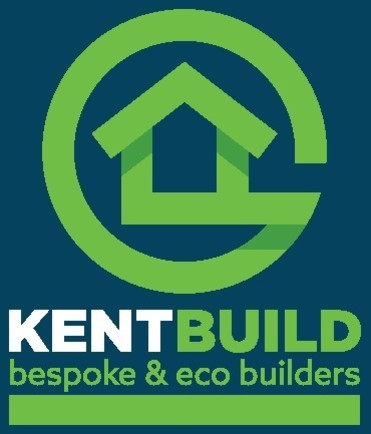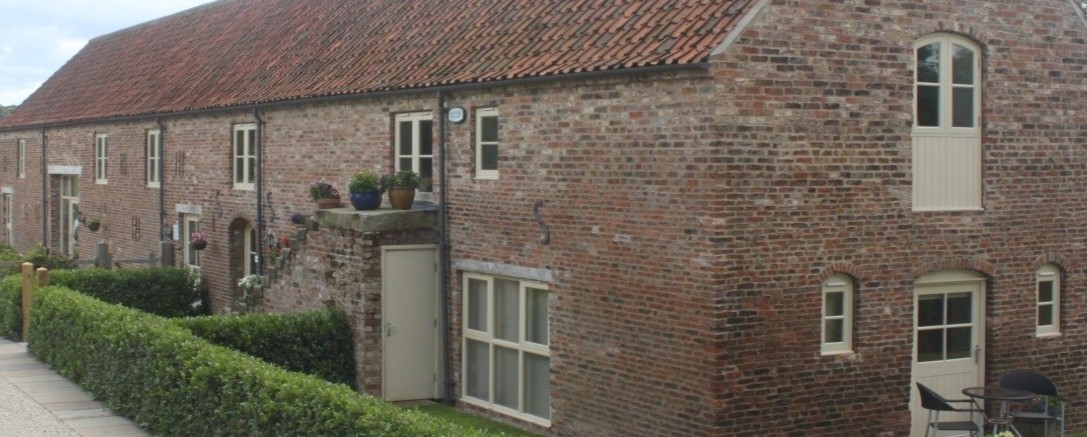Lime - Hydrated or Hydraulic?
Posted on 18th September 2019 at 18:05
Lime has been around for over 7000 years and has been used in various aspects of building most of that time. Having fallen out of favour over the last 50-60 years it has more recently become more popular and Architects are specifying it for reasons that include; its ability to allow the building to breathe, it is environmentally friendly and can remain flexible to allow slight movement. Lime can absorb and release moisture acting as a natural humidity control, condensation is reduced and it will blend with the environment. It is made up of approx 70% calcium carbonate with silca, iron oxide, aluminium & other minerals in small quantities.
With new eco friendly thinking we are paying more attention to the impact our buildings have on both our health and the health of the environment. As such, we’re starting to favour natural materials over their synthetic alternatives, meaning lime materials are seeing a significant revival.
Hydraulic Limes: These are made using a different limestone to the non hydraulic. Once water is added there is an initial set followed by hardening while they absorb carbon dioxide. The more hydraulic a lime is the faster it sets and has a higher strength, but it less breathable and flexible.
Non-Hydraulic Lime: can be either Hydrated or Putty Lime, when water is added in a controlled way they then harden through drying out and absorbing carbon dioxide from the air under certain conditions. These are the softest and most breathable limes.
Hydrated Lime: These are made by adding a controlled amount of water to quicklime producing a powder that is more stable and safe to handle.
Lime Putty: can be made from either type of lime by adding excess water to quicklime. Hydraulic lime putty will completely set in the water within hours making them impractical to work with after a short period of time. Non Hydraulic lime putty retain its plasticity and improve with time.
Information obtained from lime-green.co.uk
This content will only be shown when viewing the full post. Click on this text to edit it.
Tagged as: Lime, Hydraulic, Natural,
Share this post:









